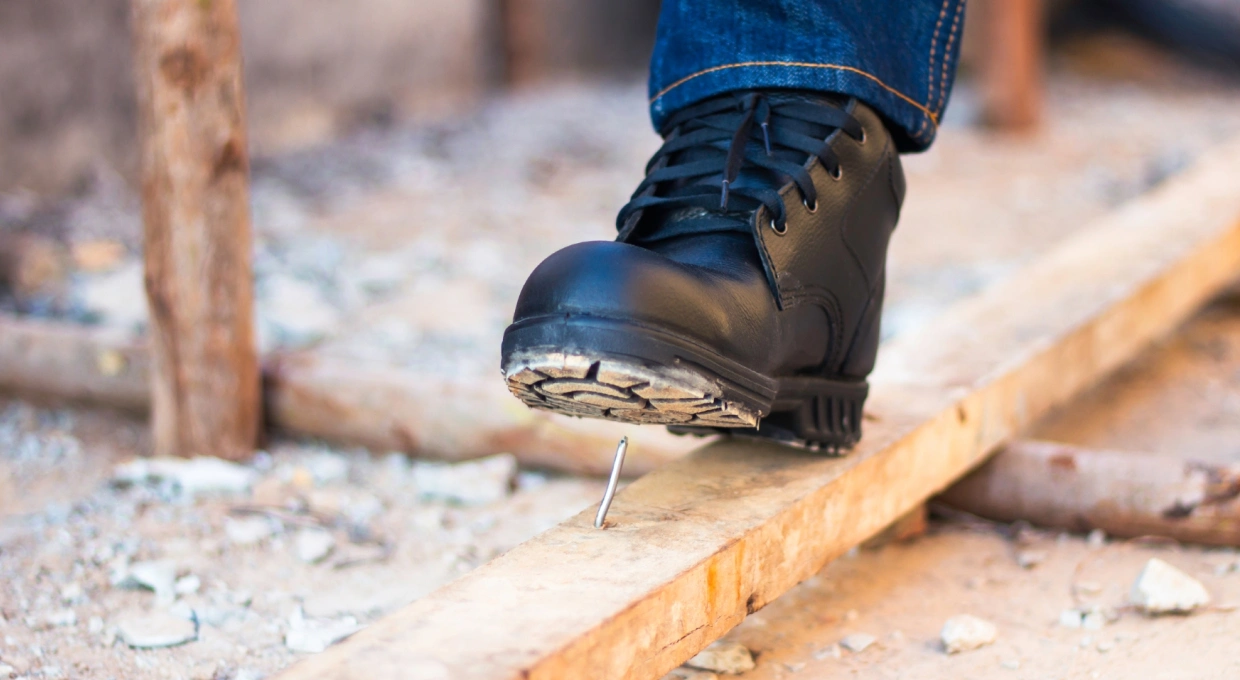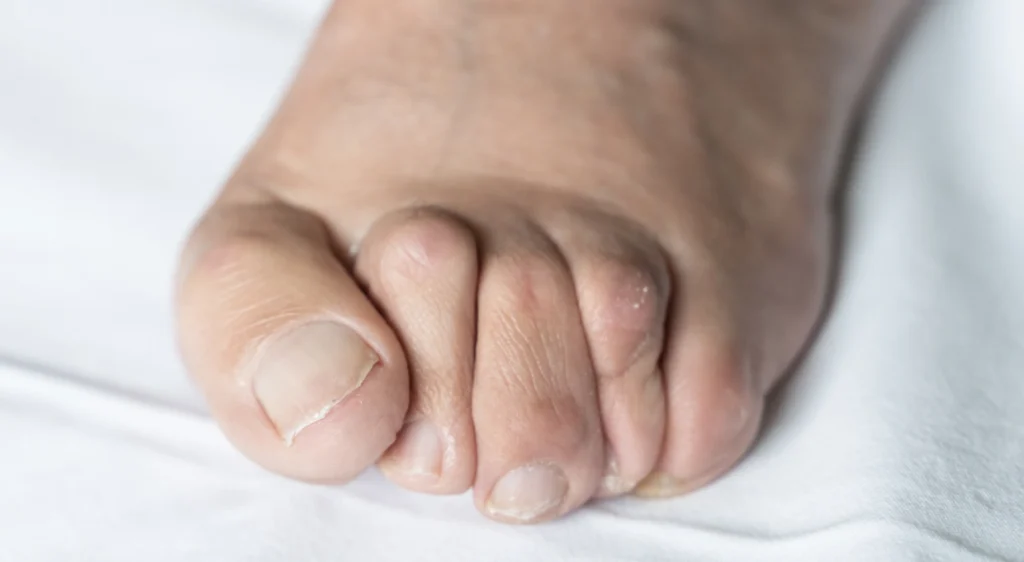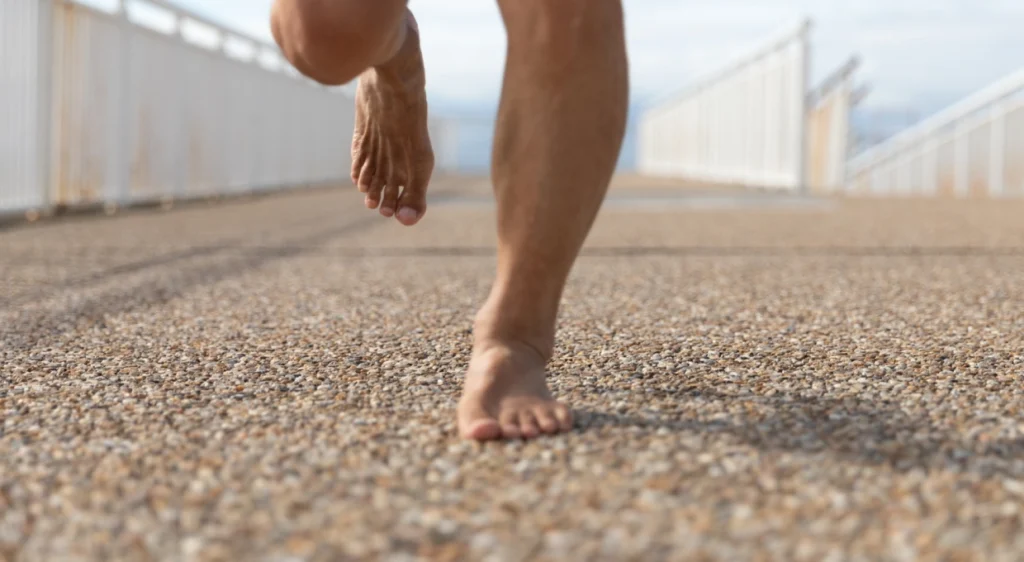Choosing the right footwear for the job is crucial to maintaining foot health and avoiding discomfort or injury. Here are ten essential tips to follow to find the perfect footwear for your work needs.
1. Choosing the right size
Make sure your shoes have enough room in the front to prevent toe compression. Shoes that are too tight can cause blisters, calluses and toe deformities such as bunions. It is advisable to measure your feet at the end of the day, when they are most swollen, to ensure a proper fit.
2. Opt for thick rubber soles.
A thick, slip-resistant sole provides greater walking comfort and reduces the risk of slipping. Rubber soles are especially useful in work environments where wet or slippery surfaces may be encountered. They also offer improved shock absorption, protecting joints and the spine.
3. Search for a rigid trampoline
The shank is an internal part of the shoe that helps the shoe flex properly, providing a leverage effect that makes it easier for the foot to lift off when walking. A stiff shank provides additional support to the arch of the foot, reducing fatigue and preventing the development of problems such as plantar fasciitis.
4. Consider heel recess
Choose shoes that protect the Achilles tendon and reduce rubbing in that area to avoid injury. The heel cutout should be high enough to offer support but not so stiff as to cause friction and blisters. A well-designed heel also helps keep the foot in place in the shoe, providing greater stability.
5. Ensure a good buttress
A firm heel counter at the back of the shoe helps keep the heel in place and provides stability. This component is crucial to prevent excessive movement of the foot within the shoe, which can lead to sprains and other problems. A good heel counter also contributes to better foot and ankle alignment.

6. Check toe cap stiffness
A rigid toe breaker promotes toe-off with every step, providing greater comfort. The toe cap should be wide enough to allow natural, unrestricted toe movement. This is especially important in jobs that require standing or walking for long periods of time.
7. Safety toe cap for specific jobs
For jobs that require additional protection, such as construction, opt for safety toe shoes. These shoes are designed to protect toes from falling heavy objects and other occupational hazards. Make sure the safety toe cap complies with the safety standards applicable to your industry.
8. Control the heel height
If you need to wear heels, make sure they are no higher than 4 cm to avoid overloading the forefoot. Low, wide heels are more stable and provide better support than high, thin heels. In addition, excessively high heels can alter posture and cause pain in the back and knees.
9. Choose breathable materials
Footwear should allow good breathability to keep feet dry and reduce fungal growth. Materials such as leather and breathable mesh are ideal for this purpose. Shoes that do not allow adequate ventilation can cause moisture buildup, leading to problems such as odor and fungal infections.
10. Prefer natural materials
Natural materials, such as leather, offer greater comfort and better breathability compared to synthetic materials. Leather is flexible, durable and adapts better to the shape of the foot over time. In addition, natural materials are less likely to cause skin irritations and allergies.
Conclusion
Selecting the right footwear for work not only improves your daily comfort, but also prevents long-term health problems. At Clinica San Roman, we help you find the perfect footwear for your needs. If you have questions or need advice,



